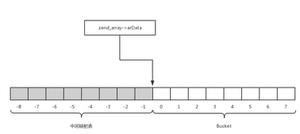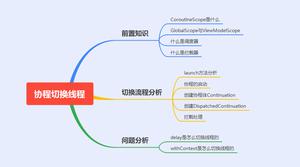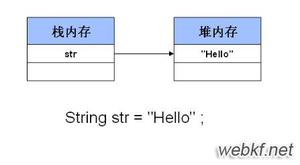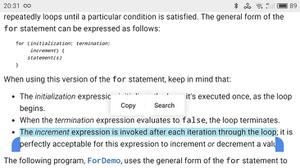Kotlin 中列表和数组类型的区别
List和array是 Kotlin 支持的两个流行的集合。根据定义,这两个集合都分配顺序内存位置。在本文中,我们将通过一个示例来演示这两种集合之间的区别。
| 属性 | 大批 | 列表 |
|---|---|---|
| Implementation | Array 是使用Array<T>类实现的 | List<T> or MutableList<T> interfaces are used to implement a List in Kotlin |
| 可变的 | Array<T>是可变的,即可以更改值。 | List<T> is immutable in nature. In order to create a mutable list, MutableList<T> interface needs to be used. |
| 尺寸 | 数组是固定大小的。它不能增加和减少大小。 | MutableList<T> do have 'add' and 'remove' functions in order to increase or decrease the size of the MutableList. |
| 表现 | 使用它可以获得更好的性能,因为数组针对不同的原始数据类型进行了优化,例如IntArray[]、DoubleArray[]。 | 使用它来更好地访问代码。由于大小本质上是动态的,因此具有良好的内存管理。 |
示例
在下面的示例中,我们将看到如何在 Kotlin 中声明数组和列表,以及如何操作它们的值。
fun main(args: Array<String>) { val a = arrayOf(1, 2, 3)
//打印数组 a 的所有值
println("数组包含:")
a.forEach{
println(it)
}
val names = listOf("stud1", "stud2", "stud3")
//打印列表名称的所有值
println("\nThe List contains: ")
names.forEach {
println(it)
}
var days: MutableList<String> = mutableListOf(
"Monday", "Tuesday", "Wednesday",
"Thursday", "Friday", "Saturday", "Sunday"
)
//打印 MutableList 列表的所有值
println("\nGiven Mutable List contains:")
days.forEach{
print(it)
}
println("\n\nMutable List after modification:")
days.forEach{
print(it + ", ")
}
}
输出结果它将生成以下输出 -
数组包含:1
2
3
The List contains:
stud1
stud2
stud3
Given Mutable List contains:
MondayTuesdayWednesdayThursdayFridaySaturdaySunday
Mutable List after modification:
Monday, Tuesday, Wednesday, Thursday, Friday, Saturday, Sunday,
以上是 Kotlin 中列表和数组类型的区别 的全部内容, 来源链接: utcz.com/z/297070.html









